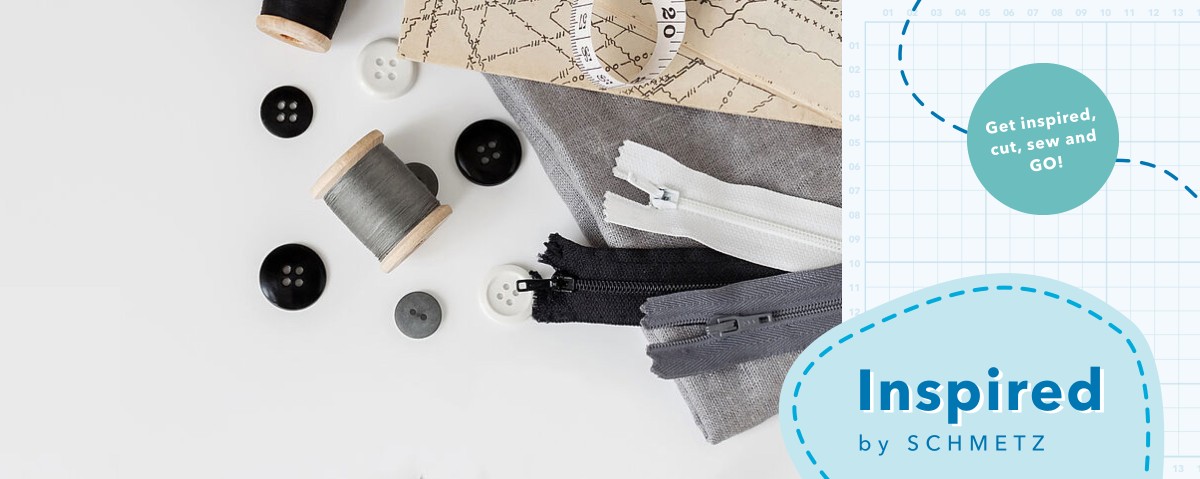
Stitching
Sewing one or multiple seams (usually with the straight stitch) along the edge or another seam. Stitching is used to decorate, but also to stabilize and/or fix the seam allowances.
Grain
Direction of the thread that runs parallel to the selvage (with woven fabrics). The grain must be taken into account when cutting the fabric so that the sewn material does not deform after sewing.
Stitching close to the edge
Stitching approx. 1-2 mm next to an edge or seam.
Reverse fabric side:
The “less attractive” side of the fabric that is usually on the inside on the finished sewn product.
Reverse on reverse
Placing the “less attractive” reverse sides of two pieces of fabric one over the other. The “attractive” sides are therefore on the outside and visible.
Seam allowance
Distance between the seam and cut edge. The seam allowance makes sewing together easier and adds stability to the seam. The seam allowance must be observed when cutting and sewing, so that the sewn item corresponds to the sizing specifications from the cutting pattern in the end.
Fabric face
The “attractive” side of the fabric that is usually on the outside on the finished sewn item.
Stitch length
The distance between two penetrations of the needle in the seam direction. With sewing machines, the stitch length is usually listed in mm.
Fold
Folded edge created when a fabric is doubled over. Unless specified otherwise, the fold runs along the grain. When cutting in the fold, the corresponding marked edges from the cutting pattern are created on the fold. Important: do not cut open the fold during this process!
Locking
Secures the start and end of the seam by sewing forwards and backwards for two to three stitches in each case. Locking prevents the seam from unraveling.
Turning over
Sewing two pieces of fabric together, which have been placed with the two fabric faces against each other. The fabric pieces are then reversed or turned inside out so that the reverse fabric sides are on the inside and the fabric faces are visible on the outside.
Batting
Filling material which provides the sewn item with a firm, soft, fluffy, voluminous, warming or heat-deflecting effect.
